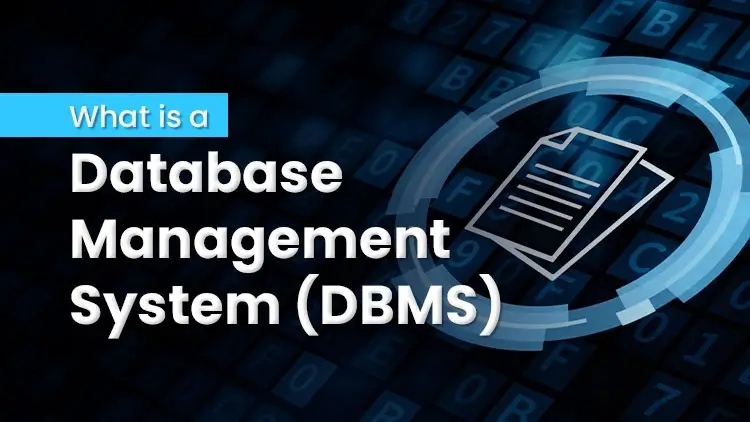Recognizing Systems for Cloud-Based Data Management
Large volumes of data are still being generated and used by organizations, thus effective and secure data management solutions are becoming more and more important.
Systems for managing data on the cloud have become popular because they provide enterprises of all sizes with cost-effectiveness, scalability, and flexibility.
The main features and advantages of cloud-based data management systems will be discussed in this article, along with some actual applications of the systems.
The Elements of Data Management Systems Based on the Cloud
Large-scale data processing, storing, and analysis are made possible by the collaborative efforts of several essential parts found in cloud-based data management systems. These elements consist of:
- Data storage: Reliable and scalable storage options that can handle big data volumes are provided by cloud-based data management systems.
- Data processing: To manage data processing activities including data transformation, cleaning, and analysis, these systems make use of cloud computing resources.
- Data integration: A unified picture of an organization’s data assets is made possible by the integration of data from many sources, which is made possible by cloud-based data management solutions.
- Data security: To prevent unwanted access or loss of sensitive data, cloud-based data management systems must include security features like encryption, access limits, and frequent backups.
- Data analytics: These systems often come with integrated analytics capabilities that let businesses use their data to get insightful knowledge that helps them make wise decisions.
The Advantages of Data Management Systems Based in the Cloud
Organizations may benefit greatly from cloud-based data management solutions in a number of ways, including:
- Scalability: Without requiring large infrastructure expenditures, cloud-based systems may readily expand to meet increasing data volumes and user demands.
- Cost-effectiveness: Cloud-based data management solutions may save businesses money by doing away with the need for on-premises hardware and upkeep.
- Flexibility: These solutions provide businesses the freedom to choose the precise features and services that best meet their data management requirements.
- Accessibility: Employee collaboration and remote work are facilitated by cloud-based data management solutions, which provide safe access to data at any time and from any location.
Reliability: Cloud providers lower the risk of data loss or outage by often guaranteeing high levels of uptime and data durability.
Examples of Cloud-Based Data Management Systems in the Real World
Cloud-based data management solutions have been successfully used by several enterprises in a variety of sectors to enhance their data management capabilities. Netflix is a prominent instance, since it utilizes cloud-based storage and data processing to provide customized suggestions to its millions of global subscribers.
Netflix can evaluate enormous volumes of viewer data to suggest relevant content, improving user experience and increasing customer happiness. This is made possible by using cloud-based data management.
Another example is Airbnb, which processes and analyzes enormous volumes of booking and user data using cloud-based data management tools. This gives Airbnb important information on user behavior and booking patterns, which helps them improve their platform and provide hosts and guests an even better experience.
In summary
Systems for managing data in the cloud have become a potent tool for businesses trying to effectively use and manage their data assets. These scalable, flexible, and reasonably priced technologies provide a strong contender for replacing conventional on-premises data management solutions.
Organizations may use cloud-based data management systems to drive innovation and achieve a competitive edge in today’s data-driven business environment by knowing the essential features and advantages of these solutions.

